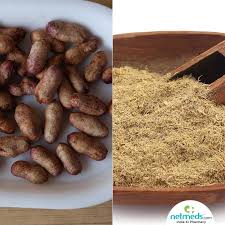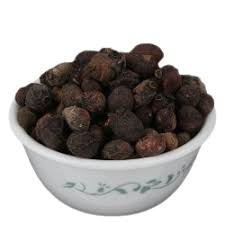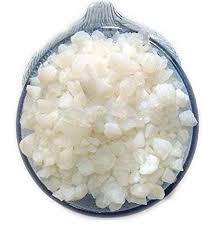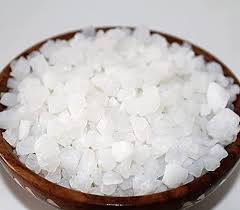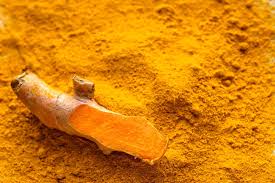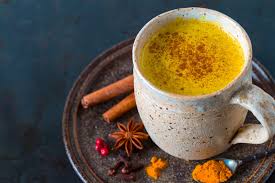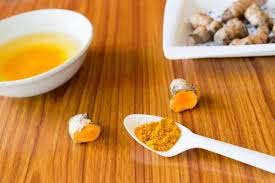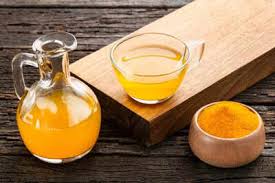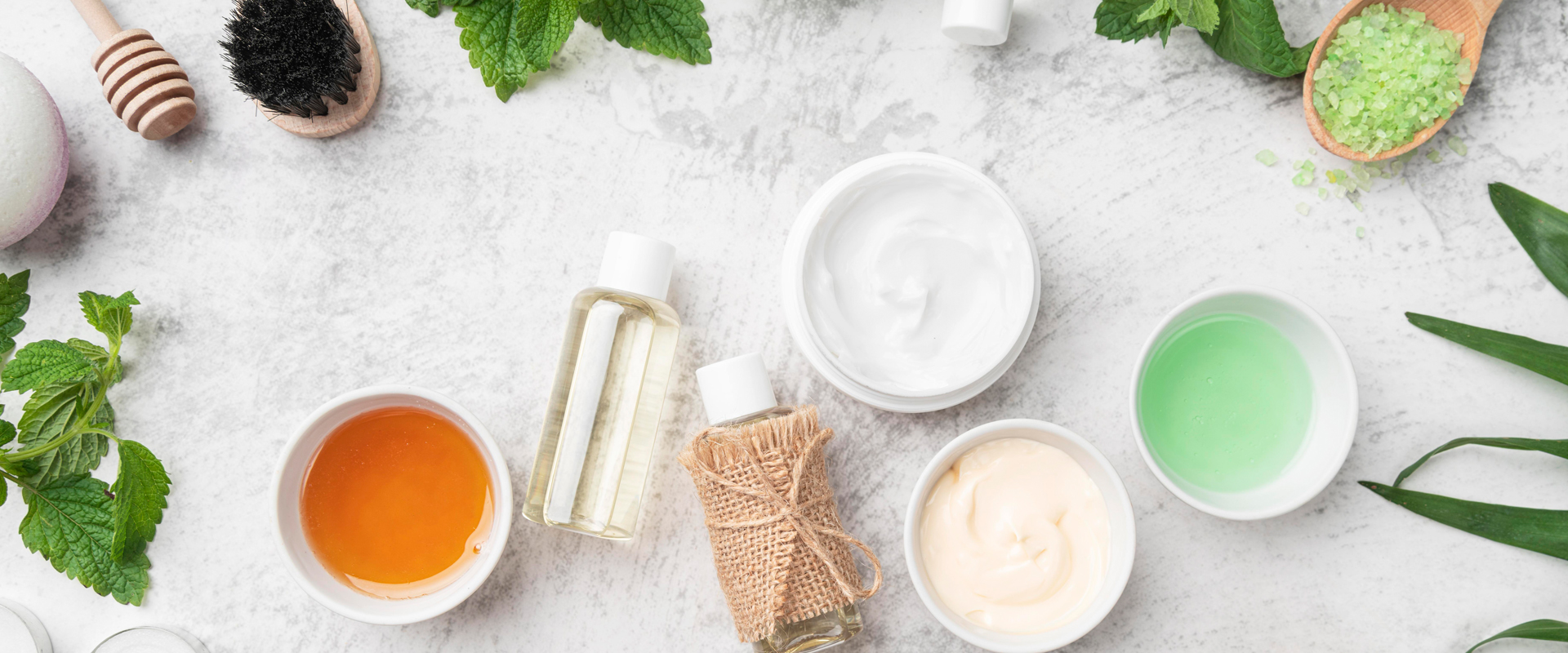
Is Banslochan a Profitable Niche for Herbal Sellers?
The herbal and Ayurveda market is growing rapidly, and sellers are always looking for unique, authentic, and profitable products to add to their catalog. One such natural ingredient that has gained attention is Banslochan, also known as bamboo silica or tabasheer. Traditionally used in Ayurveda for improving bone strength, skin health, digestion, and overall wellness, Banslochan has found its way into powders, capsules, cosmetics, and health supplements. But the key question is—is Banslochan really a profitable niche for herbal sellers? This article explores the market demand, product variations, competition, and profitability of Banslochan-based products.
Long Description
1. Understanding Banslochan as a Herbal Product
- Banslochan is derived from the silica deposits found inside bamboo stems, making it a rare and valuable herbal extract.
- In Ayurveda, it is used for its cooling, strengthening, and rejuvenating properties.
- Its benefits include supporting bone density, boosting hair and skin health, improving digestion, and enhancing vitality.
- Due to its versatile applications, it is often marketed in different forms—capsules, powders, oils, herbal creams, and supplements.
2. Rising Demand in the Herbal Wellness Industry
- The global herbal supplement market is growing at a fast pace, with consumers preferring natural over chemical-based products.
- Products like Banslochan capsules and powders are gaining traction due to their Ayurvedic roots.
- Modern buyers are more health-conscious and beauty-focused, which aligns with Banslochan’s benefits in anti-aging, skincare, and bone health.
- Online platforms such as Amazon, Flipkart, and niche herbal websites are driving its popularity.
3. Types of Banslochan Products That Can Be Sold
- Banslochan Capsules – Convenient and easy to market to urban health-conscious buyers.
- Banslochan Powder – Popular among traditional users who prefer mixing it with milk or herbal tonics.
- Herbal Skincare Products – Creams, face packs, and serums containing Banslochan for glowing skin.
- Wellness Supplements – Combination formulas with Ashwagandha, Shatavari, or Giloy for overall health.
- Children’s Health Mix – Many parents use Banslochan with honey for children’s growth and immunity.
4. Market Potential for Herbal Sellers
- Banslochan stands out because it is not as common as mainstream herbs like Ashwagandha or Turmeric, meaning less competition.
- Sellers can differentiate their products by highlighting unique benefits.
- The Ayurveda trend is growing internationally, creating opportunities for export and online sales.
- With good branding and packaging, Banslochan can be positioned as a premium herbal product.
5. Challenges in Selling Banslochan
- Authenticity Issues – Some sellers mix low-quality or fake silica, which damages trust.
- Awareness Gap – Not all buyers know about Banslochan’s benefits, so strong content marketing and education are required.
- Price Sensitivity – Since it is rare, pure Banslochan can be expensive, which may limit mass-market sales.
- Regulatory Compliance – Sellers must ensure their products meet FSSAI, FDA, or AYUSH guidelines depending on their market.
6. Profitability Factors for Sellers
- High Margins – Since it is rare, sellers can enjoy premium pricing.
- Diverse Product Range – Sellers can create multiple product lines, increasing cross-selling opportunities.
- E-commerce Boom – Platforms like Amazon and Flipkart make it easier to reach a wider audience.
- Low Competition – Compared to mainstream herbs, Banslochan sellers face fewer competitors.
7. Strategies to Succeed in the Banslochan Niche
- Educational Marketing – Write blogs, guides, and videos about the health benefits of Banslochan.
- Attractive Packaging – Premium herbal buyers look for eco-friendly, authentic, and clean labeling.
- Product Diversification – Offer capsules, powders, skincare creams, and wellness blends.
- Targeted Audience – Focus on Ayurvedic enthusiasts, wellness buyers, and export markets.
- Trust Building – Highlight authenticity, lab tests, and sourcing transparency.
8. Case Study: Banslochan on E-Commerce Platforms
- On Amazon and Flipkart, capsules and powders are among the most sold Banslochan products.
- Many sellers bundle it with other herbs for combination packs.
- Buyers often leave reviews mentioning digestive benefits, skin glow, and bone strength.
- This shows there is a growing consumer base and repeat purchase potential.
9. Final Verdict: Is It Profitable?
Yes, Banslochan is a profitable niche for herbal sellers, especially those who focus on authentic sourcing, strong branding, and digital marketing. While it is not yet as popular as mainstream herbs, this actually makes it a hidden gem for early sellers who want to build a strong foothold before the market gets crowded.
Conclusion
Banslochan may not be as widely recognized as turmeric or ashwagandha, but it holds immense potential for herbal sellers. With its diverse applications in health, wellness, and skincare, it can be positioned as a premium herbal product. The demand is slowly but steadily increasing on both Indian and international platforms. Sellers who invest in awareness campaigns, packaging, and e-commerce strategies can build a strong brand presence and earn good profits. For herbal entrepreneurs, Banslochan is not just another herb—it’s a profitable niche waiting to be explored.


